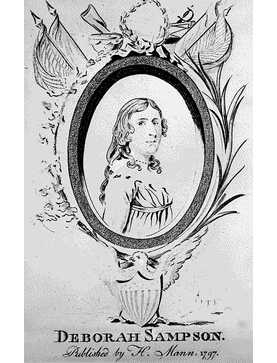Gender Barriers Beginning to Break
While Sampson was gone at war, many women were breaking barriers and taking action, fighting for women’s rights. For example, in 1779, Judith Sargent Murray declared that women also deserve an education, as well as men. Girl’s private schools began showing up in 1780. Then, Massachusetts made it illegal to exclude girls from elementary schools. People finally began to realize that women were being treated unfairly and started to take a stand. Sadly, when Sampson returned from the war, her Catholic church expelled her for “Dressing in a man's clothes and enlisting as a soldier". It went against their beliefs. When Sampson came back, many people supported women’s rights but a large number of people were still against it. In 1917, Loretta Walsh became the first woman to enlist in the military as a woman. Because she did, in 1948, a law was passed, officially making women a part of the military in non-combat roles. Then, in 1976, the first group was allowed into the U.S. military academy. From the Civil War in the 1860s to the Vietnam War that ended in 1975, women took the jobs of men, working in factories, as teachers, and government workers. They also served the military being spies, smugglers, messengers, guides, and scouts. Because Deborah Sampson risked her life going to war, women are allowed to help serve their country.
"Deborah Sampson", Scott Jablonski

"Sampson, Deborah", 2011, Gale in Context: Middle School
Back
Next
(Next: Long-term impact)